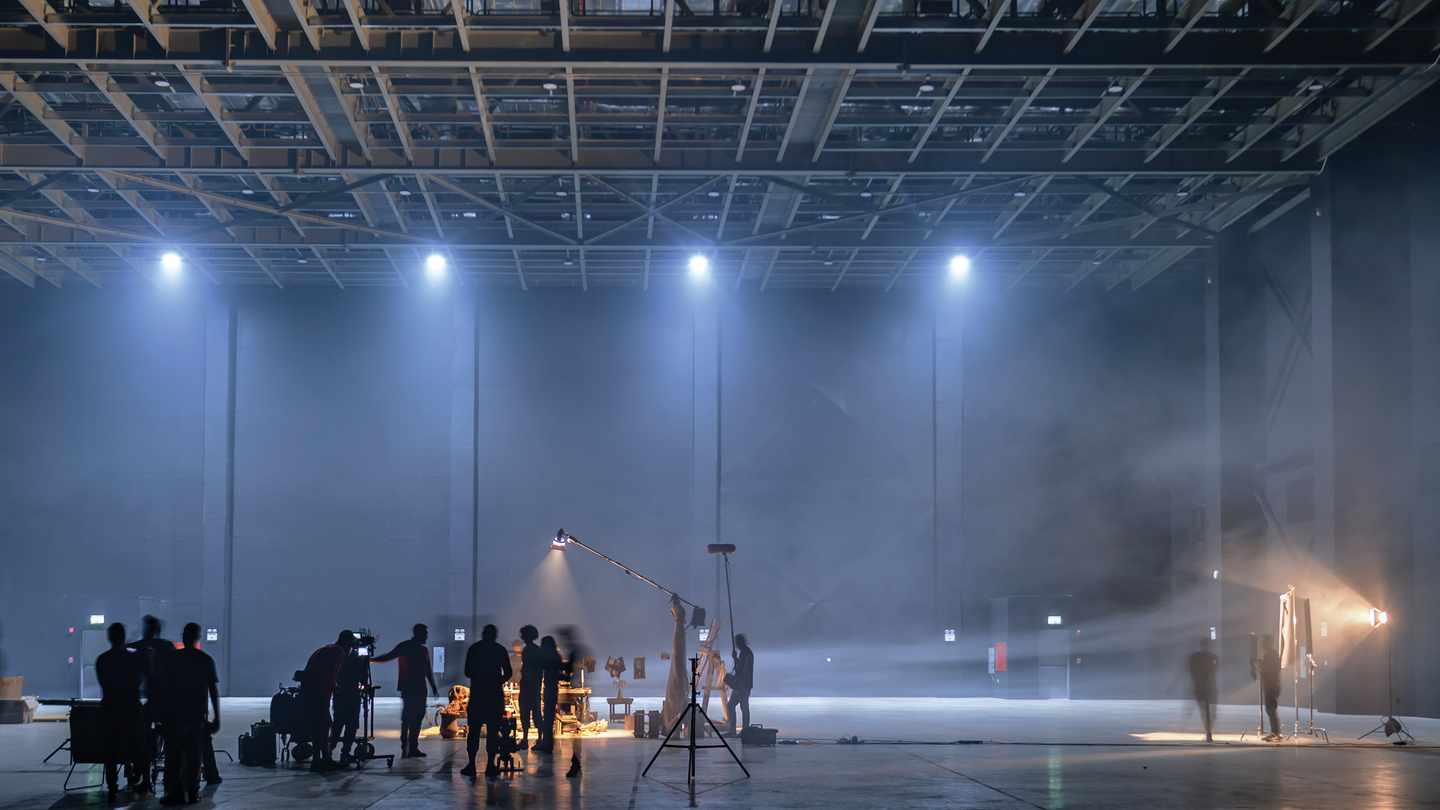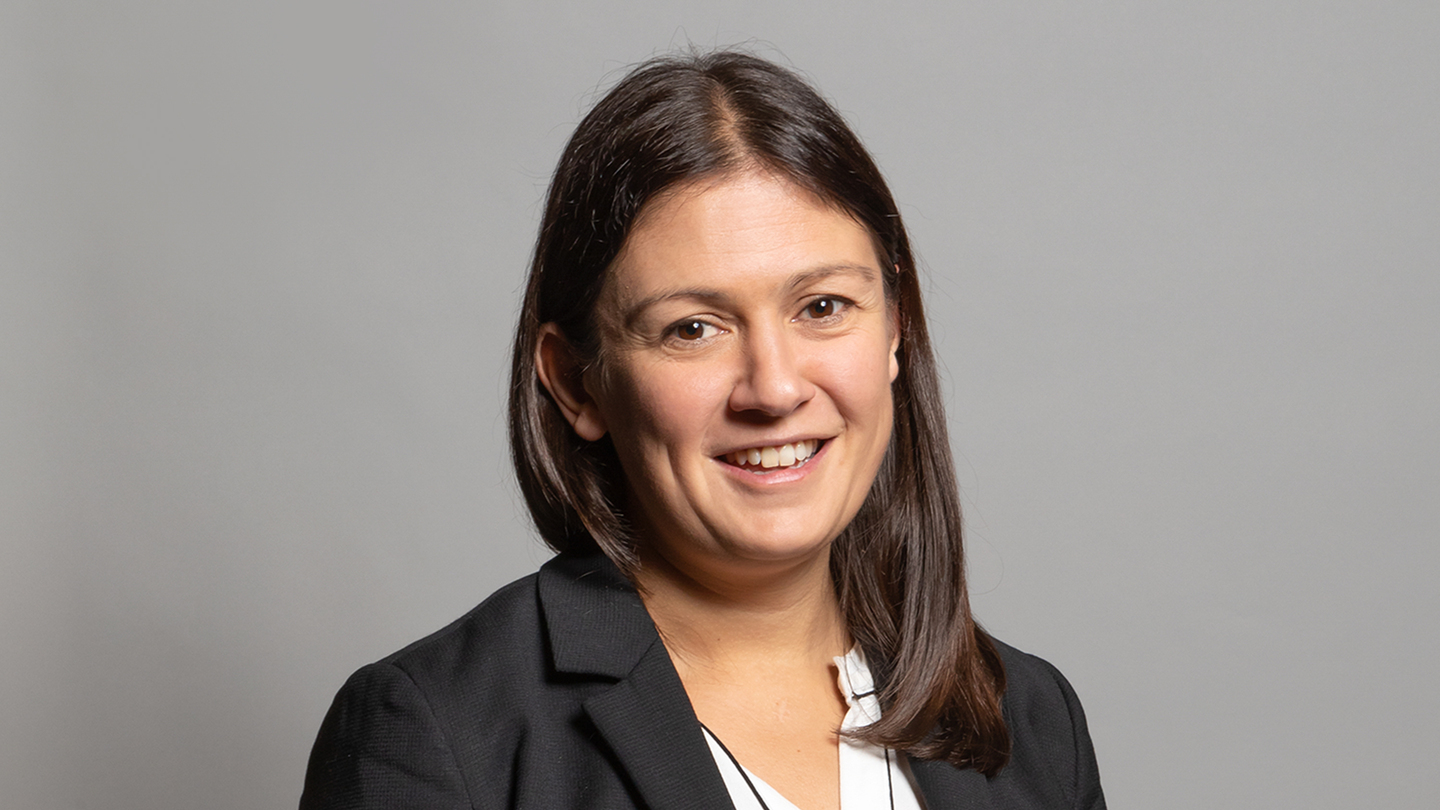Over 45,000 people from 170 countries came to IBC2024, around 2,000 visitors more compared to the event in 2023. The show also attracted more than 1,350 exhibitors – up 100 from 2023 – while the amount of exhibition space reached 46,000 square metres, exceeding the previous year’s total of 44,500 sqm. Meanwhile, the Content Everywhere section of the event has continued to expand as a critical part of the IBC programme.
So what were some of the key themes under discussion in Halls 4, 5 and 14? Last year, Jon Dahl, CEO of Mux, suggested that artificial intelligence was not at the show “in a big way” but predicted it would be more present in 2024. And how right he proved to be, not least owing to the new AI Tech Zone that showcased practical applications ranging from automated video editing and music-audio separation to content provenance tracking and fast and secure cloud storage.
However, views about AI progress and applications to date are somewhat mixed. Below, Content Everywhere companies highlight what they see as some of the most promising industry developments at the show, while calling out areas where they think the industry has room for improvement, including in its approach to AI...
You are not signed in.
Only registered users can view this article.

Content Everywhere: a look back at 2024
As the year draws to a close, it seems an opportune time to ask Content Everywhere companies for their views on the top trends in 2024. As always, key industry players have been keen to respond with comments and views on how the past year shaped up both for them and the wider industry.

AI and the evolution of MAM: Part three – future outlook
In the final part of our investigation into MAM’s current and future relationship with AI, James McKeown analyses where the technology is likely to take asset management capabilities next, and the other factors driving the evolution of the space.

RSIFF: Kingdom underlines ambitions to become filmmaking powerhouse
Saudi Arabia's cinema market is experiencing a cultural renaissance, driven by increasing local productions and a growing appetite for diverse storytelling, reports Adrian Pennington from the Red Sea International Film Festival.

AI and the evolution of MAM: Part two – current applications
In part two of IBC365’s exploration of the MAM ecosystem, James McKeown finds out where AI is currently having the most positive impact on media workflows.

AI and the evolution of MAM: Part one – risk analysis
Forms of AI and automation have been making efficiencies in media asset management (MAM) systems for some time, but as the technology becomes more powerful and its potential applications more expansive, what are the major considerations and risks of AI’s role in MAM? James McKeown explores in the first of a three-part investigation.




.jpg)